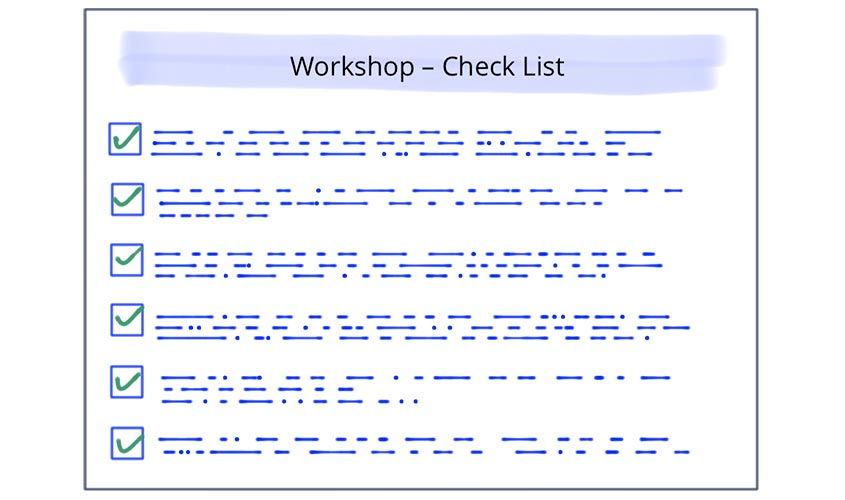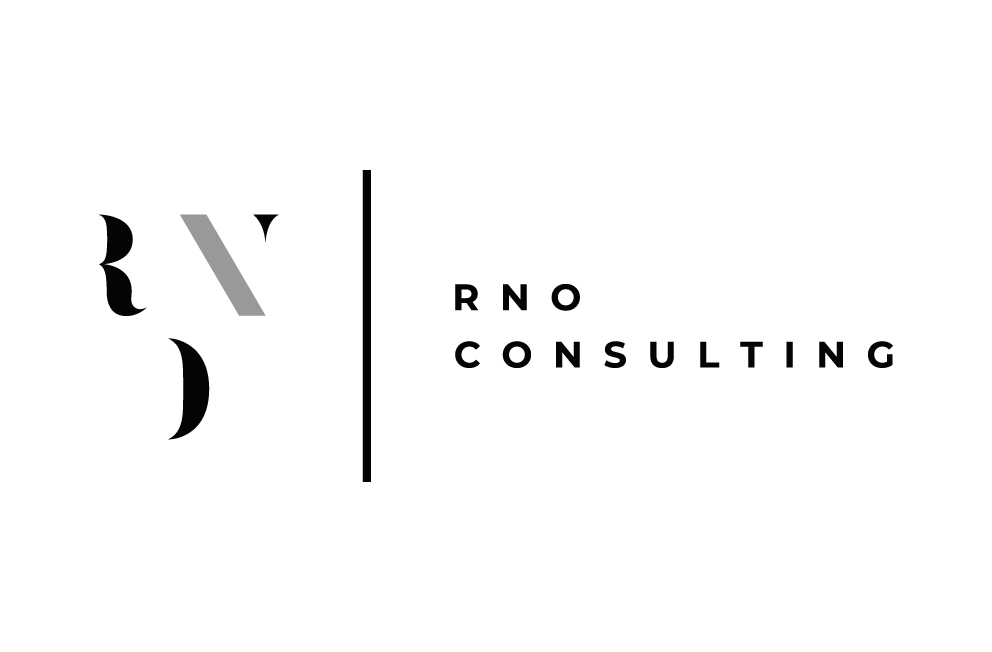What good planning has to do with process optimisation

It can’t have been the team responsible for the preparation. They had found a suitable place for the event, had given a thorough thought to its structure and prepared a well-structured agenda. Still, after only two hours, the department workshop got off track and at the end of the day they had failed to come up with any reasonable outcome. How could this have happened? Despite the effort put up by the team in charge, the answer is: it’s the planning, stupid.
The easiest way of using time and resources is, more often than not, planning things well. This rule holds particularly true for designing workshops and similar business events. Three simple steps help prepare them by ensuring that eventually the desired result is being reached.
Balancing expectations
In the first stage in terms of planning business-related events, you should match the participant’s expectations with what will actually happen in the workshop. This will guarantee that all participants have the same idea of what the event is to achieve.
Identifying relevant stakeholders
However, before you deal with actual expectations and demands, you have to identify relevant stakeholders. In this context, this is anyone interested in the results delivered by the workshop. Stakeholders for the project described in the initial example will be, for instance, the project management and their superiors, maybe also including further persons like interface partners or key team members within the relevant department.
The following questions can help you to identify major stakeholders:
- Who has a rightful interest in the results?
- Who has enough power to influence the results?
Dealing with assumptions
Once you found out who your stakeholders are, you have to check out their expectations to the workshop. To match your planning to their needs as best as possible, you should make the interview questions you ask them in advance as specific as possible. This means that a hesitant inquiry like “What do you expect …?” will in most cases not do the trick.
A good question targeting the expectations of the customers can be, for example: “What results do you expect the workshop to come up with?” Or: “What do you intend to do with the workshop’s results?” While the first question aims at the expected output of the event, the second focuses on its intended use.
When it comes to interface partners or participants, it is usually questions about the workshop’s content that will be helpful. Their expectations can be pinned down by questions like: “What aspects do you wish to be addressed?” Or: “What issues should be tackled in the workshop?”
Managing expectations
Queries about expectations have two functions when it comes to planning an event. First, the scope of the project can be better described in terms of objectives, results and its use. Second, with a view to preparing the workshop’s details, this information can be used to respond adequately to existing expectations.
As soon as the event’s objectives have been finally established, it is clear which stakeholder expectations will be likely to be met and which won’t. To make sure that, right from the start, the workshop will be greeted by a mood of widespread acceptance, participants and others involved should be proactively be prepared for what to expect (and what not to expect).
Defining results and input
The second important step in successfully planning an event comprises defining the results and the necessary input.
Outlining the results
Having identified both stakeholder expectations to your workshop and the results your workshop is expected to deliver, you should now specify the exact nature of the desired output:
- What exactly is to be the event’s result?
- In what form is the result to be available?
- Who is the result intended for?
- …
As describing the result is the basis for the whole further planning process, it should be as precise as possible.
Deducing the necessary input
The result having been written down, now you have to ask what input the participants need to achieve the desire result. When answering this question, you should go beyond the usual categories of reports, numbers and other data, and explore alternative ways of working your participants’ minds. Here are some examples of what this could imply:
- Bring to the surface diverging views on one and the same issue to create awareness of exisiting diversities and, by doing so, make it possible to negotiate common ground.
- Use creative approaches to go against ingrained ways of thinking and communicating. Or:
- Set team tasks to create a sense of community.
Structuring the event
Having defined input and output, now the actual process of planning the event is ready to begin.
Determining key elements of the event
Here you should concentrate on the content-based issues to be dealt with in the workshop. The two basic questions you have to answer in this phase of planning are:
- What do the participants in the workshop have to do to reach the desired results with the given input?
- What elements – and in what order – can help them do this?
Once you have answered these two questions for yourself, you will have decided about the key elements of the workshop and their sequential order.
Planning the form of the event
Planning the way a business event is carried out is crucial in that it supports the participants in their effort to reach the event’s ultimate goal. To do so, three dimensions need to be addressed:
- First, there is the physical working material (flipcharts, beamer, desks, breakout rooms etc.) necessary for the workshop.
- Second, the structural sequence of the workshop runs through the event like a common thread, connecting its different key elements in a way that makes sense and is logical.
- Third, the workshop’s emotional dimension affects its perception by and the subjective well-being of the participants, as does, for instance, the choice of setting, the type of catering and maybe also an entertainment programme.
Here, as elsewhere, form should support content and, if possible, not be a mere end in itself.
Planning facilitation
The final step in planning a workshop or a similar event is preparing its facilitation. The facilitator should know the event’s aims and structure really well and be well aware of what points are essential and where it will be possible to digress from the original setup when necessary. By the same token, this role requires foresight as to the participants’ personalities and a possible potential for conflict, which should be duly considered in advance.
If you follow these guidelines for planning your next business event, you can be sure that your efforts will be well spent and that, at the end of the day, you will have reached your goals. If we can support you here, do not hesitate to contact us – free of char
e and without obligation.




